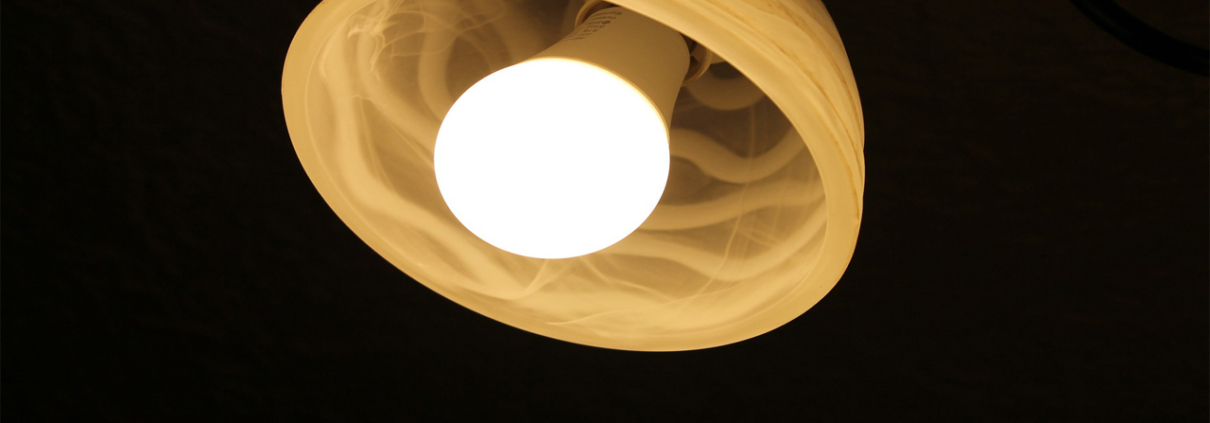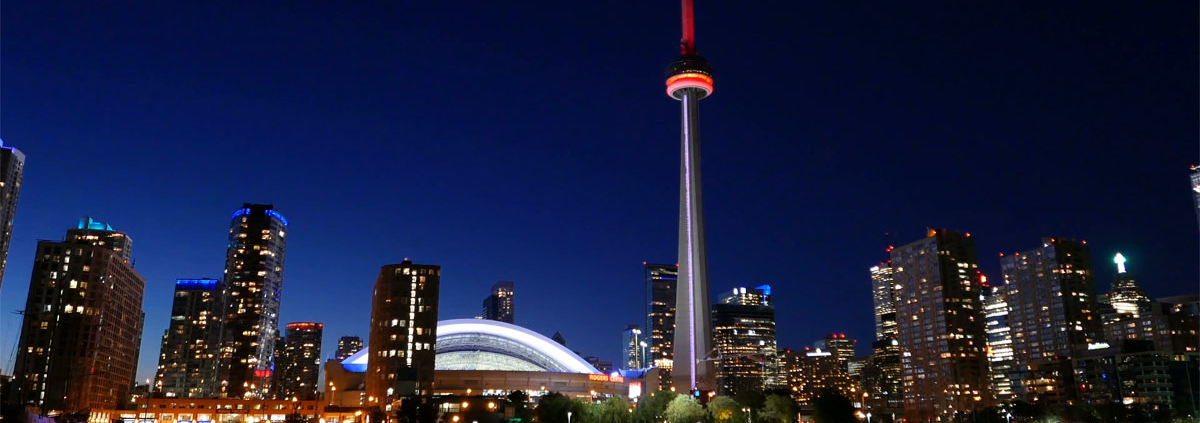The FACTS about LED lights
Multipurpose, economical and durable, LED light bulbs are just as efficient outdoors as they are inside your home.
Energy Efficient
LED light bulbs are portrayed by their low energy consumption. They lessen power consumption by around 75-80% when compared with conventional lights. An LED light bulb will thus last around 25 times longer than an incandescent light bulb.
Picking the correct LED light bulbs
LED light bulbs can be used in each room of the house, just as outside (even in winter). Unlike compact fluorescent lighting, they light up instantly and endure being turned on and off over and over.
Before picking a particular light, consider the criteria underneath.
The correct shape
• Choose an LED light bulb that is the correct shape for your light or lamp. If possible, avoid having a light bulb that is excessively long and thus exceeds shade.
• LED reflector lights are accessible for outdoor light fixtures, sunken light fixtures or track lighting systems.
• If an LED light bulb is being bought to replace a current light bulb, consider picking one with an identical end.
Expert tip:
Ensure the LED light bulb is one that works with a dimmer.
The right lighting
• With LED light bulbs, luminosity is no longer calculated in watts, but in lumens.
• An 8-watt LED light will produce 400 lumens, which is a similar luminosity as that made by a 40-watt "standard" light bulb. A 20-watt LED light bulb will give 1,600 lumens, which is a similar luminosity as that made by a 100-watt incandescent light bulb.
The correct color
Warm white, soft white, cool white… While confusing, it helps to remember that warm white obtains the coziest environment and cool white is the lighting that is nearest to that of standard daylight.
• When looking to light a part of your home that is especially comfortable, (for example, a bedroom or the living room), it is normally best to go with warm white. For an open outdoor surface or the walls of a carport, cool white is commonly the preferred option.
• A color chart with the various shades will help you to pick the LED light bulb best suited for your needs.
Paying particular attention to the eyes
Abstain from installing spotlights or other track lighting equipped with reflector light bulbs in spaces where children spend time, as extremely direct light beams can be detrimental to their eyesight. Save these lighting systems for outdoor use or have the lights point towards a wall or ceiling.
Installation
Even if spotlight with LED light bulbs generate less heat thank those equipped with standard light bulbs, they should, in any case, be installed a specific distance from the ceiling and every flammable material. Check the manufacturer's recommendations carefully, as distances will differ depending upon the specific kind of lights you are using.
How Color is Revolutionizing the Lighting Experience
Creating new possibilities for customized environments
Facility professionals continue to look for cost effective, easy-to-implement technology to increase the operational efficiency and sustainability of their buildings.
One of the most recent shifts in facility design and management has been a renewed focus on creating the best overall occupant experience. LED lighting has always provided solutions for energy and maintenance efficiency, but the latest innovations enable improved experiences beyond the potential of outdated fluorescent lighting.
At the forefront of this shift is color.
LED Can Create Productive Environments
Studies have shown that lighting can have a direct effect on an occupant’s mood, productivity and even their decision-making skills. Enhancing light quality with high-performance, high-CRI LED technology can translate into things like better patient care, productive working environments, and improvement in a retailer’s ability to sell product.
Leveraging Color Temperature
The invention of warm white LEDs was one of the lighting industry’s most significant breakthroughs in the last decade. However, not everyone prefers warm color temperatures. Cooler white lighting is preferred in many cultures and ideal for certain areas or specific tasks.
When installing traditional fixtures, only one color temperature is typically available for purchase (warm, cool, or in between), and occupants who are actually using the light don’t have a choice. Unlike traditional light technology, LED has the flexibility to be controlled from a source point. New system advancements enable multiple color temperature options through a single luminaire – creating new possibilities for customized environments.
Controlling Your Surroundings
Recent strides in intelligent lighting give users the ability to control occupants’ environment and mood. For example, some LED luminaires have the ability to choose between 3000K and 5000K color temperatures in 500K increments, enabling only one troffer type to be needed in any space regardless of lighting color preference. The result is simplified specification, ordering and installation with a lighting control system that reduces energy consumption by more than 70 percent. This allows building operators to easily realize the full promise of LED lighting controls at no additional cost.
Imagine an entire floor of an office building with each occupant able to fine-tune the color of their office to their own preference. Not only does this create more pleasant work environments, but also empowers employees who have flexibility and control of their workspace.
As building owners and operators increasingly look to LED as their first choice for lighting applications, the technology’s capabilities continue to expand beyond energy and maintenance savings and quick payback. The ability to control and improve the building environment is now also available at the push of a button.
Tips for Your Facility Applications
Once you’ve made the decision to upgrade to LED, here are some factors to consider.
– Choosing your lighting control system — Quality lighting control systems can easily integrate into existing building management systems. Consult your lighting control distributor to ensure feasibility before installation.
– Choosing color during installation — Color temperature preference differs by person. Work with your lighting manufacturer to test color temperatures for multiple locations and understand the simple ways to adjust color temperature utilizing your facility’s lighting controls.
– How to gauge occupant needs — Understanding the space and how occupants are interacting with it can help address concerns regarding color temperature. Surveying occupant feelings about the lighting in their workspaces can be helpful in determining if there are any needed adjustments. Empower occupants by giving them the ability to customize their own environment.
WHEN TO GET A LIGHTING RETROFIT FOR YOUR BUILDING
Many of us don’t invest too much time thinking about their building lighting unless a light bulb goes out or a ballast dies. Your lighting plays a major role in different parts of your building from safety to productivity. Guaranteeing that your lighting works and will keep on working is an important step to take.
As a lighting system ages it becomes time to upgrade. At first, you might be thinking you need to replace your lighting system. That isn’t always needed though. Many lighting systems can be retrofitted instead of replaced.
How would you know if your building is candidate for retrofitting?
The Age Plays A Big Role
The age of your building plays a big role in whether or not it can be retrofitted. Any building that is older than 10 years may be using outdated bulbs. T12 type fluorescent bulbs, for example, are no longer allowed in the United States under most circumstances. You will probably need to replace your system if it utilizes parts that aren’t still available.
If your building was built within 10 years, you are most likely a candidate for a lighting retrofit. Many of the old buildings can still be retrofited but it is on a case by case basis.
Increase Energy Efficiency and Cut Cost
Even if your lighting system is currently working, you might still want to invest in a lighting retrofit. Many older lighting systems have bad energy efficiency. Retrofitting your system could be a good option if you are looking to save money on your electrical bill. You can also save money on light bulbs as they last for longer with more modern systems.
A few cities will offer financial incentives to buildings looking to upgrade their energy effeciency. Make sure to check with your local power company to see if you can further benefit from lighting retrofit.
An energy efficient lighting system looks good to customers. It also looks good to potential buyers if you are looking to sell your building any time soon. Some buyers may only want energy efficient buildings.
More Lighting Customization And Control
Modern lighting systems allow you to control your lighting a lot better. From programming timers to remotely controlling the lights, a retrofit can give you access to even more lighting features. Depending on your retrofit choices, dimming can also be added to your system. This gives workers a better choice over the lighting in rooms.
Sometimes blaring lights can be counterproductive to a workspace. Often times finding the right balance in brightness can help your workers to get more done. It also makes presentations easier to give.
Improve Your Lighting Without Replacing It
Does your current lighting system not adequately light your property? Completely replacing your lighting system can be quite costly. It also probably isn’t needed. A complete replacement takes more time, more money, and requires more work than you will need.
During a retrofit of your lighting system you can add new light fixtures, change positions of your current ones, and select better lighting overall. This can be especially helpful if you bought a building that wasn’t properly setup for your business’s lighting needs. Retrofits of systems do not just have to be about broken systems, you can use them to enhance your systems.
Do You Like The Appearance Of Your Lighting System?
Building owners often have a different opinions about their lighting systems. Particularly in the event that they bought the building instead of built it. If you like the lighting system of your building, or more specifically, the cosmetics parts of the system, at that point your a good candidate for a retrofit.
Do You Have A Custom Lighting System
Custom lighting systems tend to be purpose built for a building. When this is so, you will have issues with standard parts fitting the system. A lighting expert or electrician will help you to get a better idea of whether or not your system can be retrofitted.
When picking to have a retrofit of your building’s lighting system, you have a lot of options. Picking the right lighting company to work with can make a big difference. You want to find a well rated lighting company and one that has experience working with your type of building.



